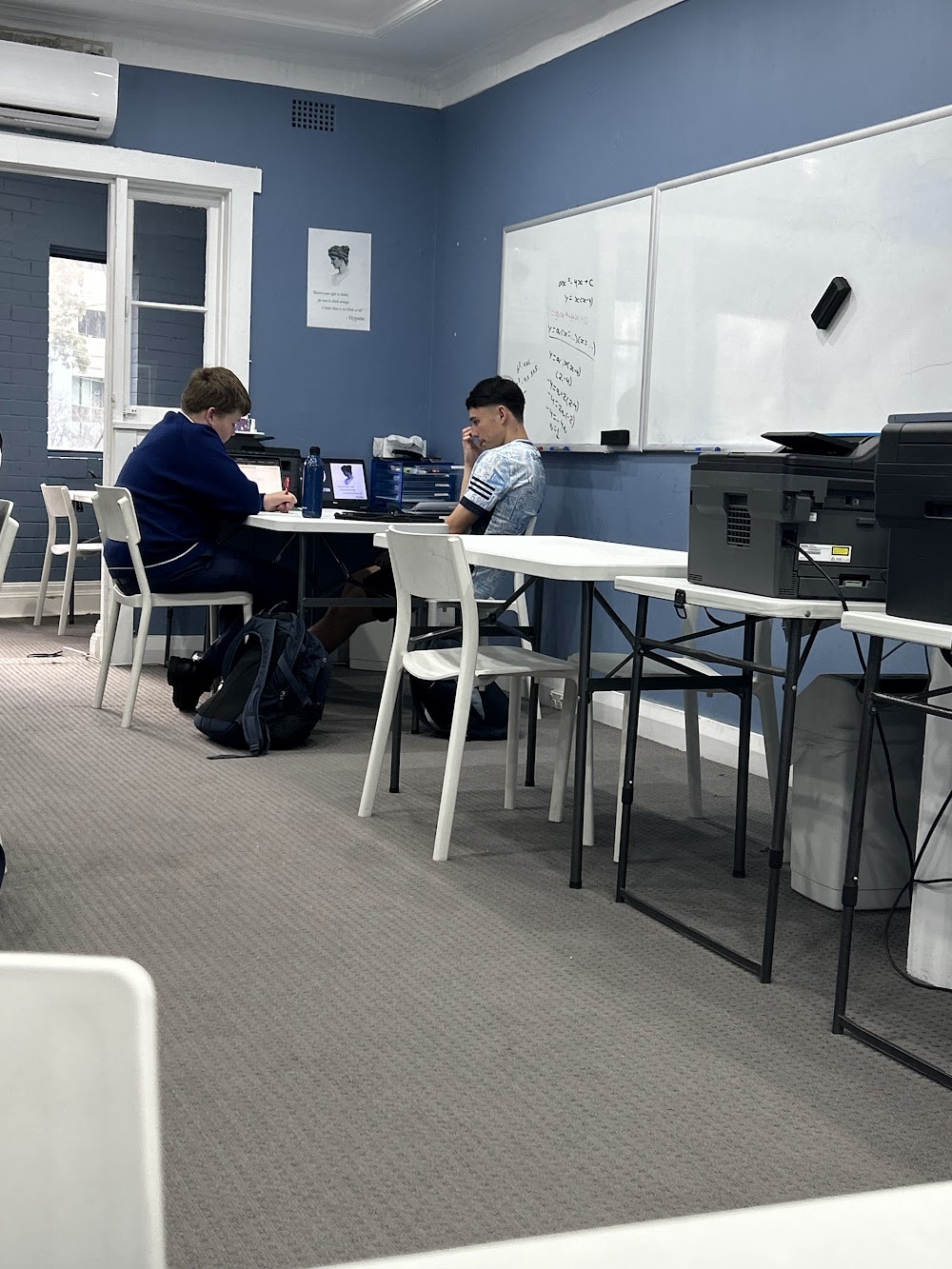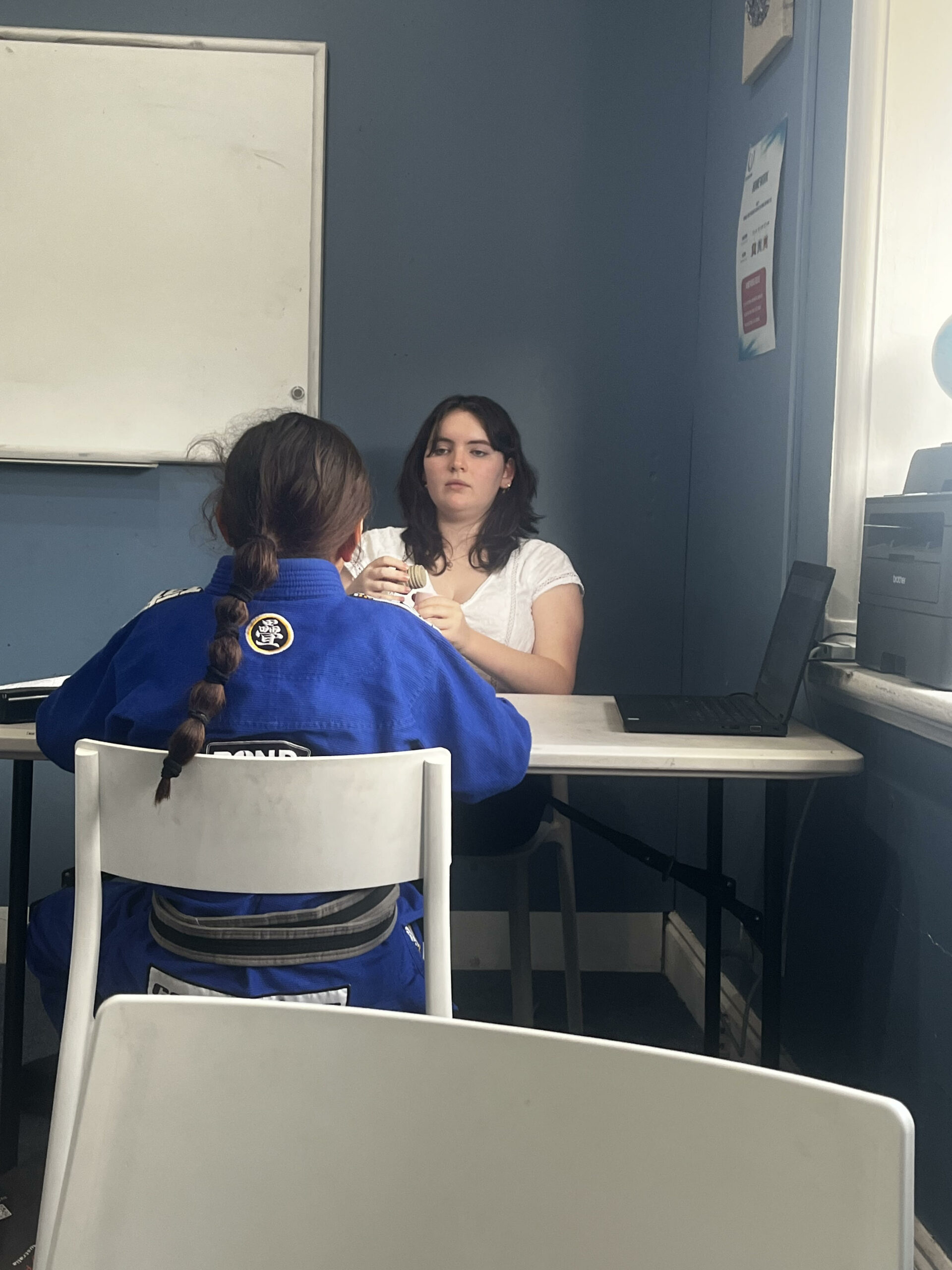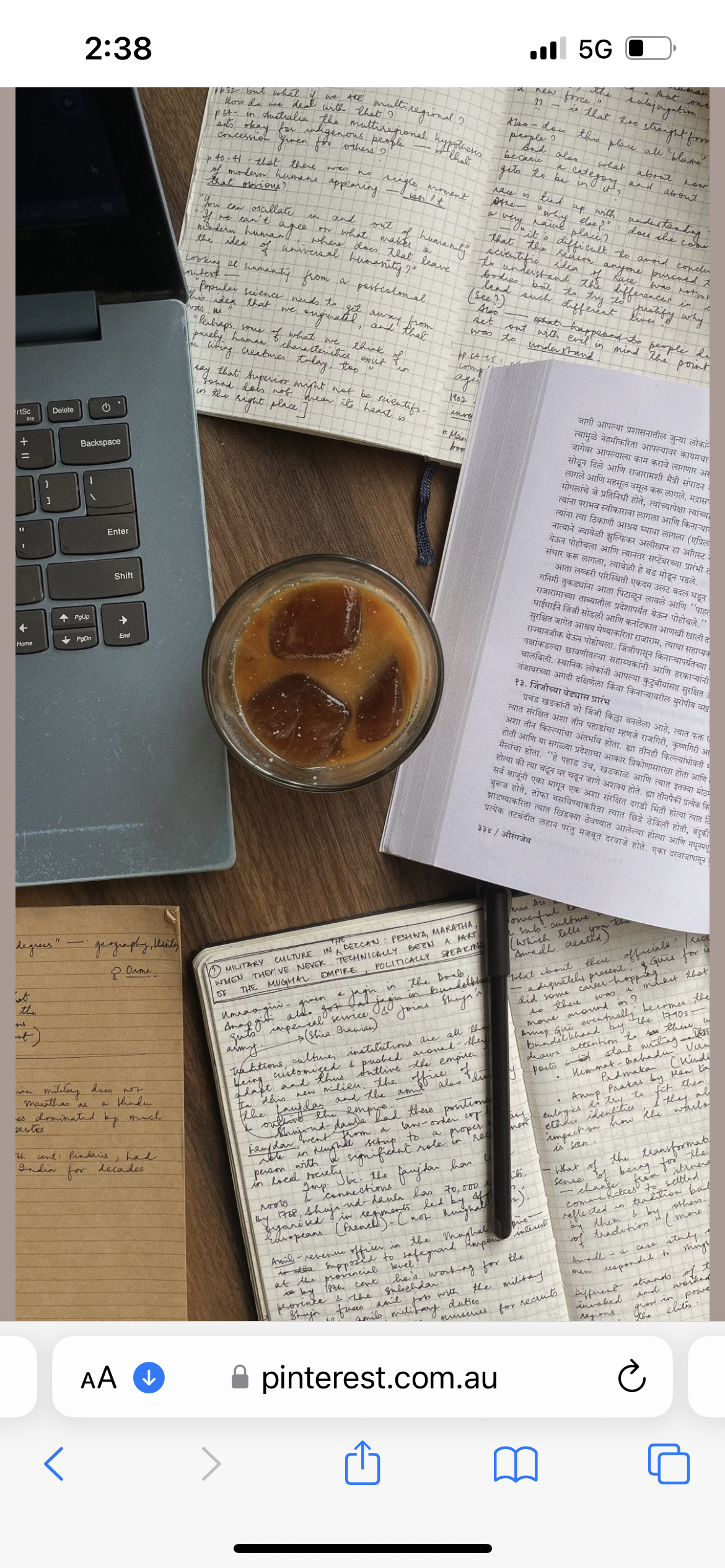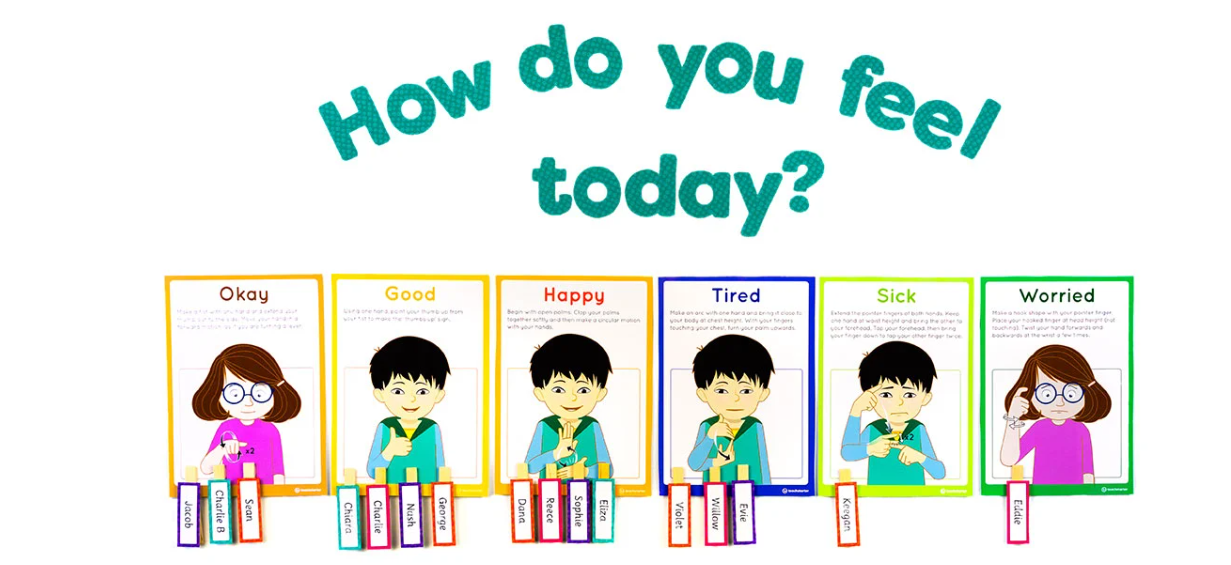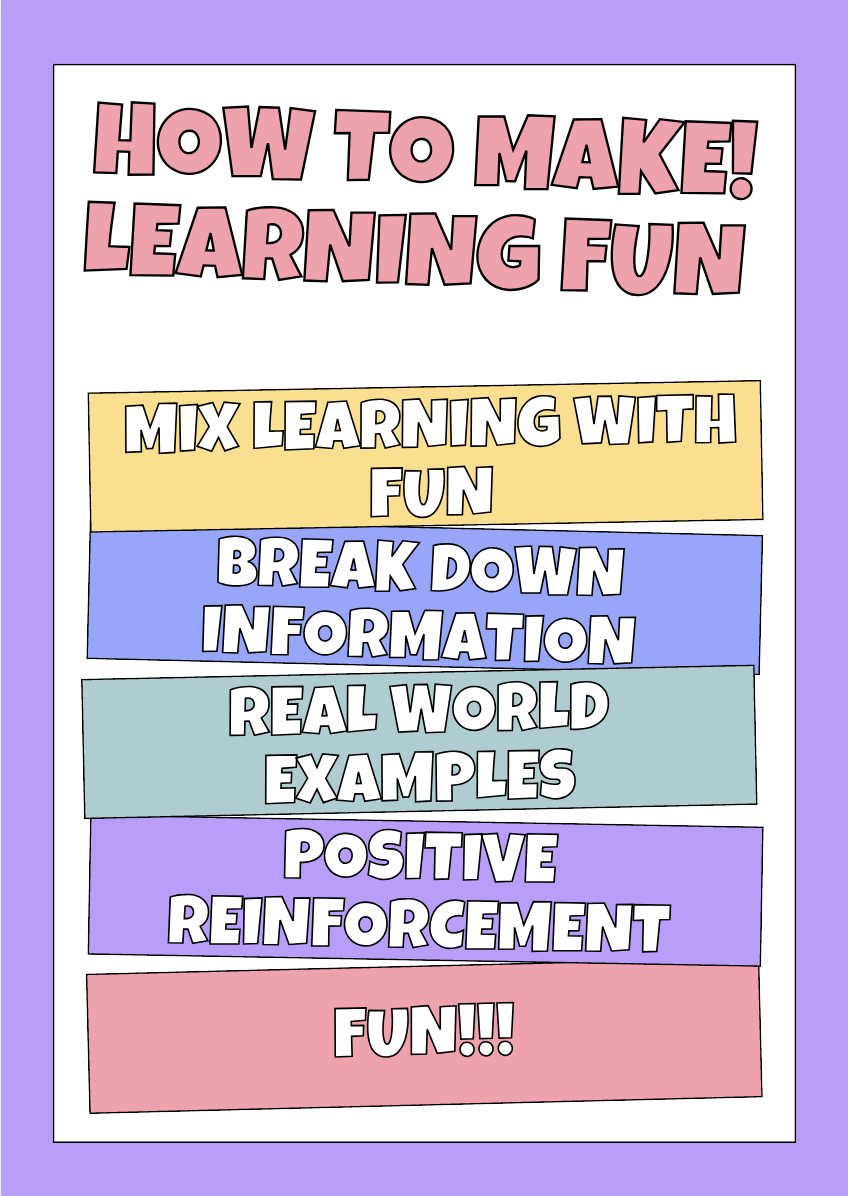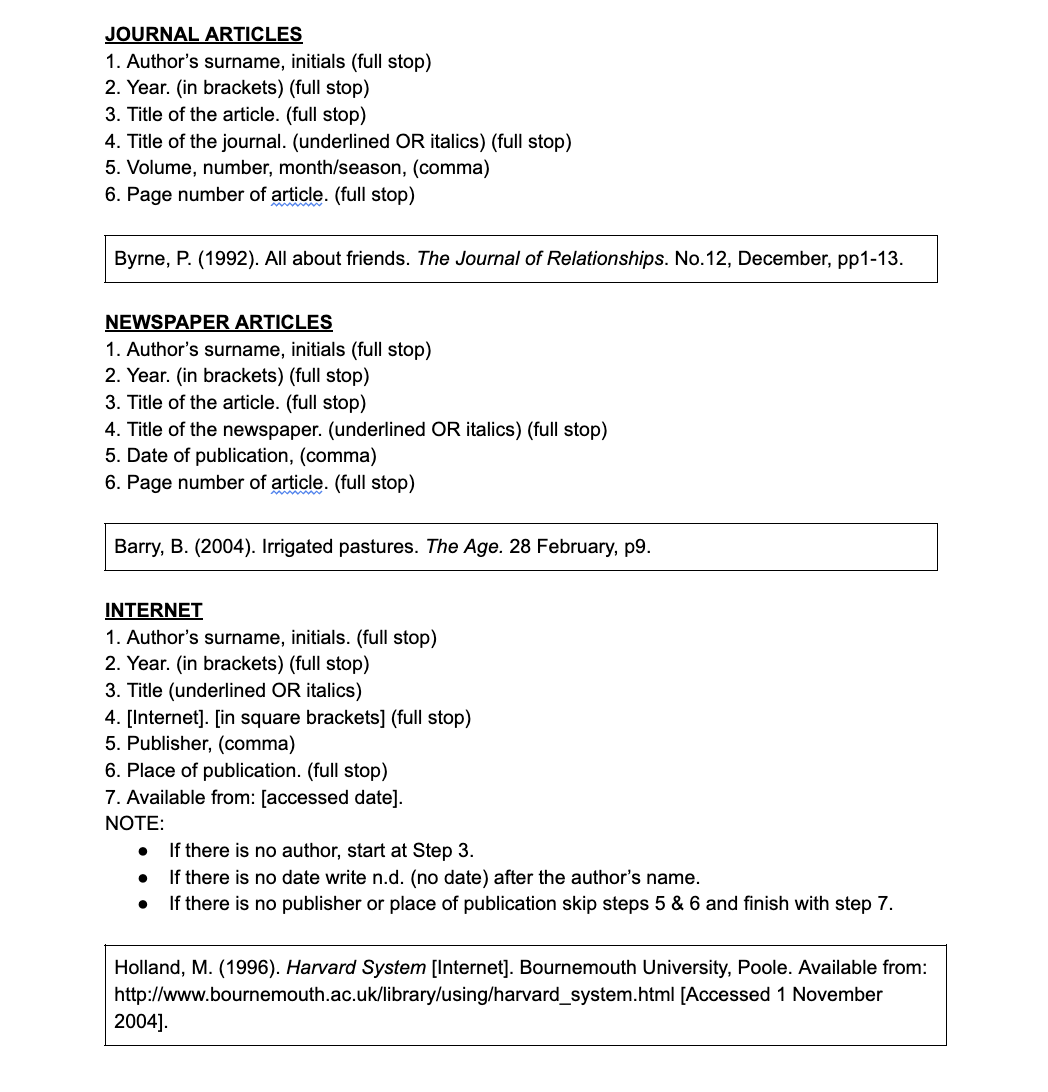 One of the most underrated contributors to academic success isn’t intelligence or talent — it’s routine. Establishing a consistent routine helps students manage time effectively, reduce stress, and stay on track with their goals.
One of the most underrated contributors to academic success isn’t intelligence or talent — it’s routine. Establishing a consistent routine helps students manage time effectively, reduce stress, and stay on track with their goals.
Routine brings structure to the chaos of school life. Between classes, assignments, extracurriculars, and exams, students often feel overwhelmed. But a well-planned routine breaks the day into manageable blocks, giving time for study, rest, and personal activities. This not only prevents last-minute cramming but also promotes better retention and understanding of material.
Consistent sleep and study habits are particularly powerful. Going to bed and waking up at the same time each day supports memory consolidation and mental focus. Likewise, studying at the same time and in the same environment builds a mental association with learning, making it easier to get started and stay concentrated.
From a tutor’s perspective, routine also enhances the effectiveness of lessons. Students who attend sessions regularly — at the same time each week — are more likely to come prepared, retain information, and progress steadily. Irregular study habits, on the other hand, often lead to gaps in understanding and lack of confidence.
Of course, routines should be flexible enough to accommodate life’s surprises, but having a consistent framework is key. I often encourage my students to create weekly study plans, incorporating tutoring, revision, and downtime. It helps them take ownership of their learning while maintaining balance.
Ultimately, success isn’t about working harder — it’s about working smarter. And nothing makes smart work more sustainable than a good routine.
Julian Podgornik


